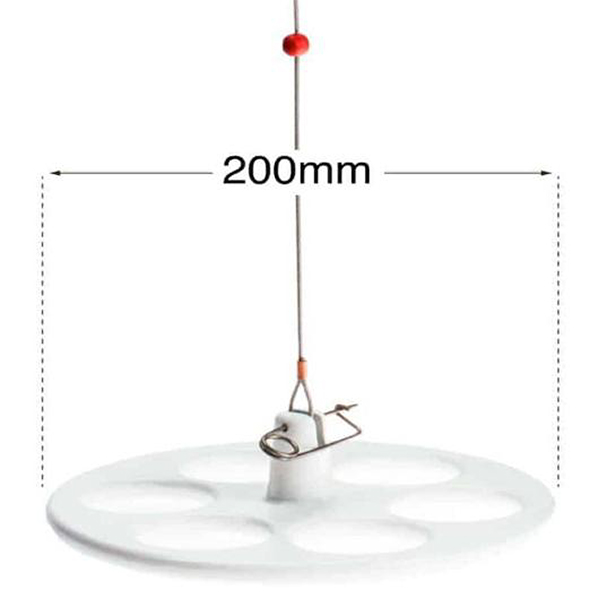Water transparency determination in lakes and oceans acc. to ISO 7027
The Secchi lens is a white lacquered brass lens with a diameter of 20 cm and a weight of 1.7 kg. It is an easy-to-use instrument for standard monitoring of water transparency in lakes and oceans. The sight glass is equipped with a 10 meter long steel rope. The first 8 meters of rope above the glass have markings every 10 cm for measuring purposes.
The Visibility Disc is lowered into the water and the immersion depth is read from the marked rope at the moment the disc vanishes from sight. It is lowered another 0.5 m and then heaved slowly again. The second reading is made when the disc reappears. The arithmetic mean from both readings equalsthe visibility depth.



